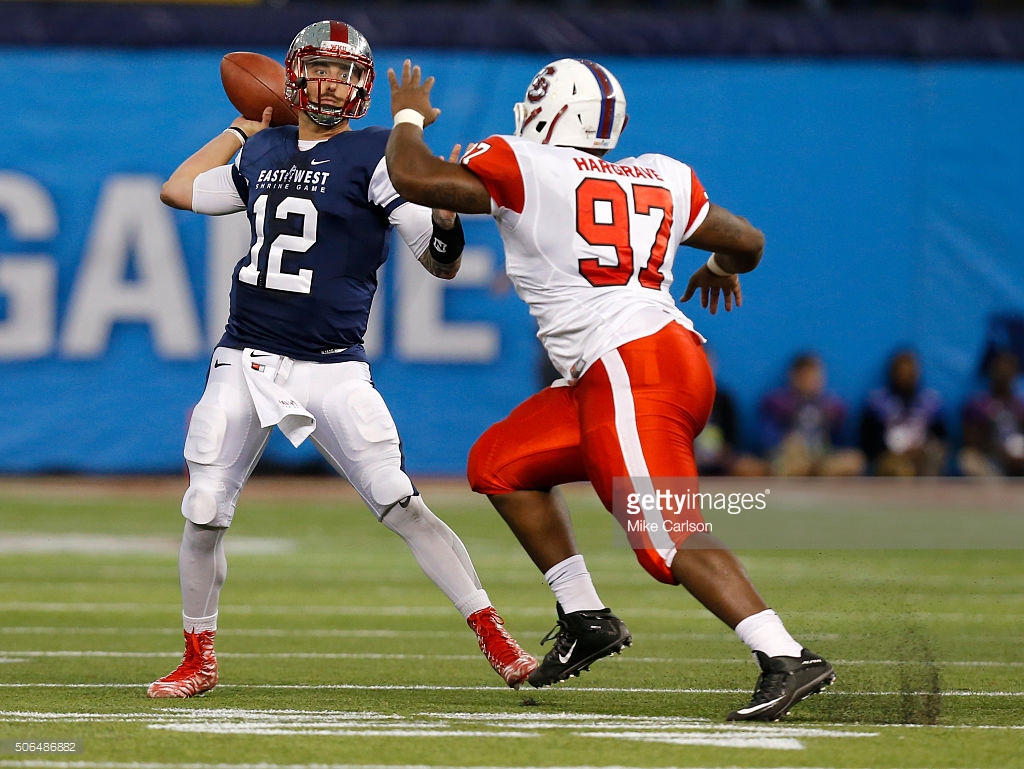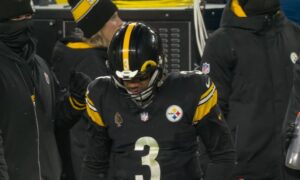During the 2015 NFL Draft, the Pittsburgh Steelers’ approach seemed to feel just a bit different in some ways, and that was somewhat validated during the team’s post-draft press conference, when Coach Mike Tomlin and General Manager Kevin Colbert frequently made references to ‘production’ in relation to the majority of their draft picks, particularly those in the secondary, taking two players who had double-digit interception totals in 2014.
This past year also seemed to have a bit of a theme surrounding production as well, but also an undercurrent of potential, a theme that was partially forced upon them after William Jackson III became unavailable just before them with the 24th overall pick, resulting in them taking the younger, but less polished, Artie Burns at cornerback.
Still, however, Burns did manage to be a productive defensive player in spite of the fact that he also spent a lot of time off the field for the Hurricanes last year. He recorded six interceptions last season, which was the most in team history in over a decade, and which is all the more impressive when you consider that he wasn’t necessarily an every-down player.
As we move into the second round, the Steelers added another secondary player showcasing a high level of productivity, as safety Sean Davis—who has also played cornerback—registered the most tackles during their collegiate career out of all pure safeties in the class, recording 319, and 306 over the past three seasons.
Not simply a tackling machine, however, Davis—who played cornerback last season for the entire year—registered three interceptions, but he also produced five forced fumbles, a bizarrely high figure for the position. The fact that his productivity did not dip drastically despite playing cornerback is noteworthy.
Now, when we talk about third-round defensive tackle Javon Hargave, a look at his production has to come with the caveat that he was playing against a lower level of competition, being a product of a small school. But you simply can’t fudge 37 career sacks as an interior lineman. He recorded 16 sacks in 2014 and another 13.5 last year, while adding nearly 50 tackles for loss over that same two-year timeframe. That is eye-popping at any level among adult-sized adult humans.
I could talk about any of the later picks, but attention has to be drawn to late-seventh-round inside linebacker Tyler Matakevich, whose production at Temple is, in a word, unrivaled. Over his four-year career, he accumulated 493 tackles, the most in the draft class from all positions. Oh, and in spite of bringing with him a reputation as a bit of a dinosaur, he recorded five interceptions last year.
I’d like to round out the discussion by focusing on the team’s other seventh-rounder, Demarcus Ayers. While he had a productive career as a returner—he averaged 10.5 yards per punt with a touchdown last year—he capped off his final collegiate season by taking his offensive game to another level, completing the year with 98 receptions for 1221 yards and six touchdowns, adding another touchdown on one of 26 rushing attempts. And he threw two touchdowns on three pass attempts.
Even if you want to talk about Jerald Hawkins, who helped pave and pancake the way for Leonard Fournette’s phenomenal nearly 2000-yard, 22-touchdown season, or Travis Feeney’s combined 25.5 sacks and tackles for loss, with three forced fumbles, you can focus on productivity up and down this draft class as a prominent theme.








